The irony is that a nation so obsessed with the staple song-and-dance diet of mainstream cinema never stepped behind the screen to notice the unsung heroes.
In 1969 which Rajesh Khanna-Sharmila Tagore song put hearts out of rhythm? We know it was the sensuous Roop tera mastana from Aradhana; SD Burman was the music director, and lovelorn bathroom singers for generations have done their unique copies of Kishore Kumar’s voice. No prizes warranted here.
But, here’s a million-dollar question for the rich, the not-so-rich and the slumdogs:
Who played the piano accordion in the background for the song?
Before disappointment hits you, the answer is Kersi Lord. Symbolising an era of ‘melody’, this is just the tip of the iceberg of the man’s achievements. Songs like Yeh mera dil from Don (1978) and Chura liya hain from Yaadon ki Baraat where he played the keyboard, are sterling samples. The irony, though, is that a nation so obsessed with the staple song-and-dance diet of mainstream cinema never stepped behind the screen to notice these unsung heroes.
In similar anonymity lives an accomplished flautist and saxophone player Manohari Singh, and five hundred other musicians. It was these artists to whom the music directors, singers and actors of an era are forever indebted. Those were the decades when the likes of Naushad, SD Burman, Shanker-Jaikishen, Madan Mohan, OP Nayyar, Salil Chowdhury, Kalyanji-Anandji, Laxmikant-Pyarelal and RD Burman wrote music. The digital age was a distant speck in the horizon and grand orchestras ruled. A good musician was always sought after and he virtually played for all the composers. The scene changed from the nineties, when digital music brought an end to their primary source of livelihood.
Gregory D Booth’s recently published book Behind the Curtain: Making Music In Mumbai’s Studios faithfully recreates that age. But, more importantly, it reveals musicians who always remained behind the curtains.
Kersi now lives the life of a retired king in his sprawling apartment at Bandra’s Almeida Park. Kersi’s tastefully done-up drawing room is a study in contrast. It has a huge LP-CD library featuring almost every genre of music — jazz, Hindi films, western classical, you name it, he has it. Strains from the sixties, seventies and eighties permeate the air when he chooses to indulge in nostalgia. But his instruments are stacked away in a room, out of bounds for the prying visitor. He has vivid memories of his 60-year-old association with film music. “In those days, music studios were as big as a warehouse, unlike the one-room apartment spaces of today’s digital studios. There were spaces earmarked for rhythm, string, brass, guitar and mallet sections. They could accommodate about 100-odd musicians. But the recordings of Laxmikant-Pyarelal rendered even that insufficient; some players had to stand outside the studio. We used to call them outstanding musicians,” quips Kersi.
Kersi’s father, Cawas Lord, hailed as a pioneer of sorts, is credited with introducing Latin percussion in Hindi films. Kersi himself was no less versatile. He began his career with piano accordion and percussion. Later he introduced Glockenspiel and the synthesiser. His contemporaries call him the grand-dad of electronic music in Hindi films.
While Kersi no longer lives amidst his instruments, Manohari still travels with his concert flute and saxophone. Last month, the 78-year-old played at a live function in Bangalore. A couple of weeks ago he was in Kolkata to attend a musical soiree in the memory of RD Burman.
Like Kersi, Manohari too is versatile, and is equally at ease with Western and Indian classical music as with jazz. He first came to Bombay from Kolkata at the insistence of Salil Chowdhury. Like several struggling musicians of the time, Manohari too took up residence at the legendary composer’s apartment. “In the late 50s and early 60s we were paid Rs120 for eight hours. Then there was overtime, which also brought in a tidy sum,” he recounts.
Manohari juggles his memory to come up with some of his enduring contributions—the title music of the film Junglee, the title song of Dil tera deewana and the saxophone renditions for the songs Bedardi balma and Aji ruth kar in the film Aarzoo.
Many of these musicians spent evenings jamming at Mumbai’s nightclubs. Since they were also well versed in jazz and Western classical, the jamming sessions became an occasion to reinforce the relationships forged at the music studios. “For both Kersi and Manohari, it is impossible to list favourites. Each of them must have played in some 15,000 songs. That’s more than the output of Lata and Asha put together,” says researcher and music critic Kushal Gopalka. “You could not have thought of an RD composition without Kersi being a part of it,” asserts Gopalka.
Not in the same league, but still quite formidable, is Homi Mullan with an impressive body of work. In Calcutta, he learnt piano under V Balsara and tabla from Gyanprakash Ghosh. The shift to Bombay was an obvious career choice. “Playing music at that time was both a creative and invigorating exercise, and not without its fair share of dangers. If you made a mistake, you had it as re-recording was an expensive affair. After 1pm for every half-an-hour, you could charge overtime,” he muses.
These greats aren’t entirely bitter about new-age music. “One learns to live with it. But digital music lacks the imagination, flavour and fervour of orchestras,” says Homi Mullan, somewhat resigned.
While Kersi fondly reminisces about the age of creating melody, he does check out the more recent film music and albums—DevD is the latest. “The background score and songs have an earthy feel to them,” he concedes.
But then for a musician at heart, there is no full stop. The spirit of inquiry plays on.
![submenu-img]() Meet India's highest paid director, charges 30 times more than his stars; not Hirani, Rohit Shetty, Atlee, Karan Johar
Meet India's highest paid director, charges 30 times more than his stars; not Hirani, Rohit Shetty, Atlee, Karan Johar![submenu-img]() Indian government issues warning for Google users, sensitive information can be leaked if…
Indian government issues warning for Google users, sensitive information can be leaked if…![submenu-img]() Prajwal Revanna Sex Scandal Case: Several women left home amid fear after clips surfaced, claims report
Prajwal Revanna Sex Scandal Case: Several women left home amid fear after clips surfaced, claims report![submenu-img]() Meet man who studied at IIT, IIM, started his own company, now serving 20-year jail term for…
Meet man who studied at IIT, IIM, started his own company, now serving 20-year jail term for…![submenu-img]() Gautam Adani’s project likely to get Rs 170000000000 push from SBI, making India’s largest…
Gautam Adani’s project likely to get Rs 170000000000 push from SBI, making India’s largest…![submenu-img]() DNA Verified: Is CAA an anti-Muslim law? Centre terms news report as 'misleading'
DNA Verified: Is CAA an anti-Muslim law? Centre terms news report as 'misleading'![submenu-img]() DNA Verified: Lok Sabha Elections 2024 to be held on April 19? Know truth behind viral message
DNA Verified: Lok Sabha Elections 2024 to be held on April 19? Know truth behind viral message![submenu-img]() DNA Verified: Modi govt giving students free laptops under 'One Student One Laptop' scheme? Know truth here
DNA Verified: Modi govt giving students free laptops under 'One Student One Laptop' scheme? Know truth here![submenu-img]() DNA Verified: Shah Rukh Khan denies reports of his role in release of India's naval officers from Qatar
DNA Verified: Shah Rukh Khan denies reports of his role in release of India's naval officers from Qatar![submenu-img]() DNA Verified: Is govt providing Rs 1.6 lakh benefit to girls under PM Ladli Laxmi Yojana? Know truth
DNA Verified: Is govt providing Rs 1.6 lakh benefit to girls under PM Ladli Laxmi Yojana? Know truth![submenu-img]() Jr NTR-Lakshmi Pranathi's 13th wedding anniversary: Here's how strangers became soulmates
Jr NTR-Lakshmi Pranathi's 13th wedding anniversary: Here's how strangers became soulmates![submenu-img]() Streaming This Week: Heeramandi, Shaitaan, Manjummel Boys, latest OTT releases to binge-watch
Streaming This Week: Heeramandi, Shaitaan, Manjummel Boys, latest OTT releases to binge-watch![submenu-img]() Remember Ayesha Kapur? Michelle from Black, here's how actress, nutrition coach, entrepreneur looks after 19 years
Remember Ayesha Kapur? Michelle from Black, here's how actress, nutrition coach, entrepreneur looks after 19 years![submenu-img]() Remember Heyy Babyy's cute 'Angel' Juanna Sanghvi? 20 year-old looks unrecognisable now, fans say 'her comeback will...'
Remember Heyy Babyy's cute 'Angel' Juanna Sanghvi? 20 year-old looks unrecognisable now, fans say 'her comeback will...'![submenu-img]() In pics: Arti Singh stuns in red lehenga as she ties the knot with beau Dipak Chauhan in dreamy wedding
In pics: Arti Singh stuns in red lehenga as she ties the knot with beau Dipak Chauhan in dreamy wedding![submenu-img]() DNA Explainer: Why Harvey Weinstein's rape conviction was overturned, will beleaguered Hollywood mogul get out of jail?
DNA Explainer: Why Harvey Weinstein's rape conviction was overturned, will beleaguered Hollywood mogul get out of jail?![submenu-img]() What is inheritance tax?
What is inheritance tax?![submenu-img]() DNA Explainer: What is cloud seeding which is blamed for wreaking havoc in Dubai?
DNA Explainer: What is cloud seeding which is blamed for wreaking havoc in Dubai?![submenu-img]() DNA Explainer: What is Israel's Arrow-3 defence system used to intercept Iran's missile attack?
DNA Explainer: What is Israel's Arrow-3 defence system used to intercept Iran's missile attack?![submenu-img]() DNA Explainer: How Iranian projectiles failed to breach iron-clad Israeli air defence
DNA Explainer: How Iranian projectiles failed to breach iron-clad Israeli air defence![submenu-img]() Meet India's highest paid director, charges 30 times more than his stars; not Hirani, Rohit Shetty, Atlee, Karan Johar
Meet India's highest paid director, charges 30 times more than his stars; not Hirani, Rohit Shetty, Atlee, Karan Johar![submenu-img]() This superstar worked as clerk, was banned from wearing black, received death threats; later became India's most...
This superstar worked as clerk, was banned from wearing black, received death threats; later became India's most...![submenu-img]() Karan Johar slams comic for mocking him, bashes reality show for 'disrespecting' him: 'When your own industry...'
Karan Johar slams comic for mocking him, bashes reality show for 'disrespecting' him: 'When your own industry...'![submenu-img]() Kapoor family's forgotten hero, highest paid actor, gave more hits than Raj Kapoor, Ranbir, never called star because...
Kapoor family's forgotten hero, highest paid actor, gave more hits than Raj Kapoor, Ranbir, never called star because...![submenu-img]() Meet actress who lost stardom after getting pregnant at 15, husband cheated on her, she sold candles for living, now...
Meet actress who lost stardom after getting pregnant at 15, husband cheated on her, she sold candles for living, now...![submenu-img]() IPL 2024: Kolkata Knight Riders take top spot after 98 runs win over Lucknow Super Giants
IPL 2024: Kolkata Knight Riders take top spot after 98 runs win over Lucknow Super Giants![submenu-img]() ICC Women’s T20 World Cup 2024 schedule announced; India to face Pakistan on....
ICC Women’s T20 World Cup 2024 schedule announced; India to face Pakistan on....![submenu-img]() IPL 2024: Bowlers dominate as CSK beat PBKS by 28 runs
IPL 2024: Bowlers dominate as CSK beat PBKS by 28 runs![submenu-img]() IPL 2024: Big blow to CSK as star pacer returns home due to...
IPL 2024: Big blow to CSK as star pacer returns home due to...![submenu-img]() SRH vs MI IPL 2024: Predicted playing XI, live streaming details, weather and pitch report
SRH vs MI IPL 2024: Predicted playing XI, live streaming details, weather and pitch report![submenu-img]() Job applicant offers to pay Rs 40000 to Bengaluru startup founder, here's what happened next
Job applicant offers to pay Rs 40000 to Bengaluru startup founder, here's what happened next![submenu-img]() Viral video: Family fearlessly conducts puja with live black cobra, internet reacts
Viral video: Family fearlessly conducts puja with live black cobra, internet reacts![submenu-img]() Woman demands Rs 50 lakh after receiving chicken instead of paneer
Woman demands Rs 50 lakh after receiving chicken instead of paneer![submenu-img]() Who is Manahel al-Otaibi, Saudi women's rights activist jailed for 11 years over clothing choices?
Who is Manahel al-Otaibi, Saudi women's rights activist jailed for 11 years over clothing choices?![submenu-img]() In candid rapid fire, Rahul Gandhi reveals why white T-shirts are his signature attire, watch
In candid rapid fire, Rahul Gandhi reveals why white T-shirts are his signature attire, watch


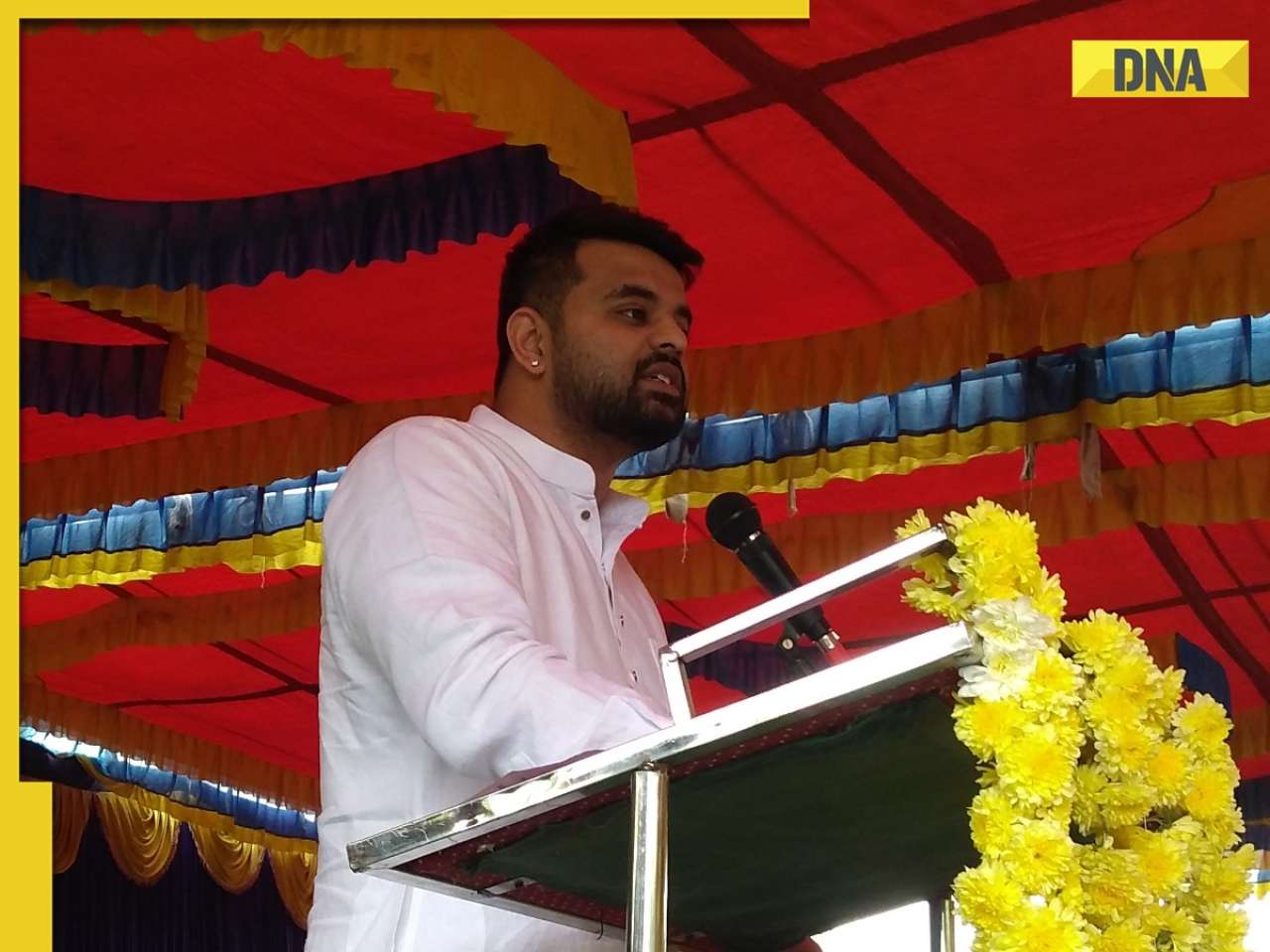

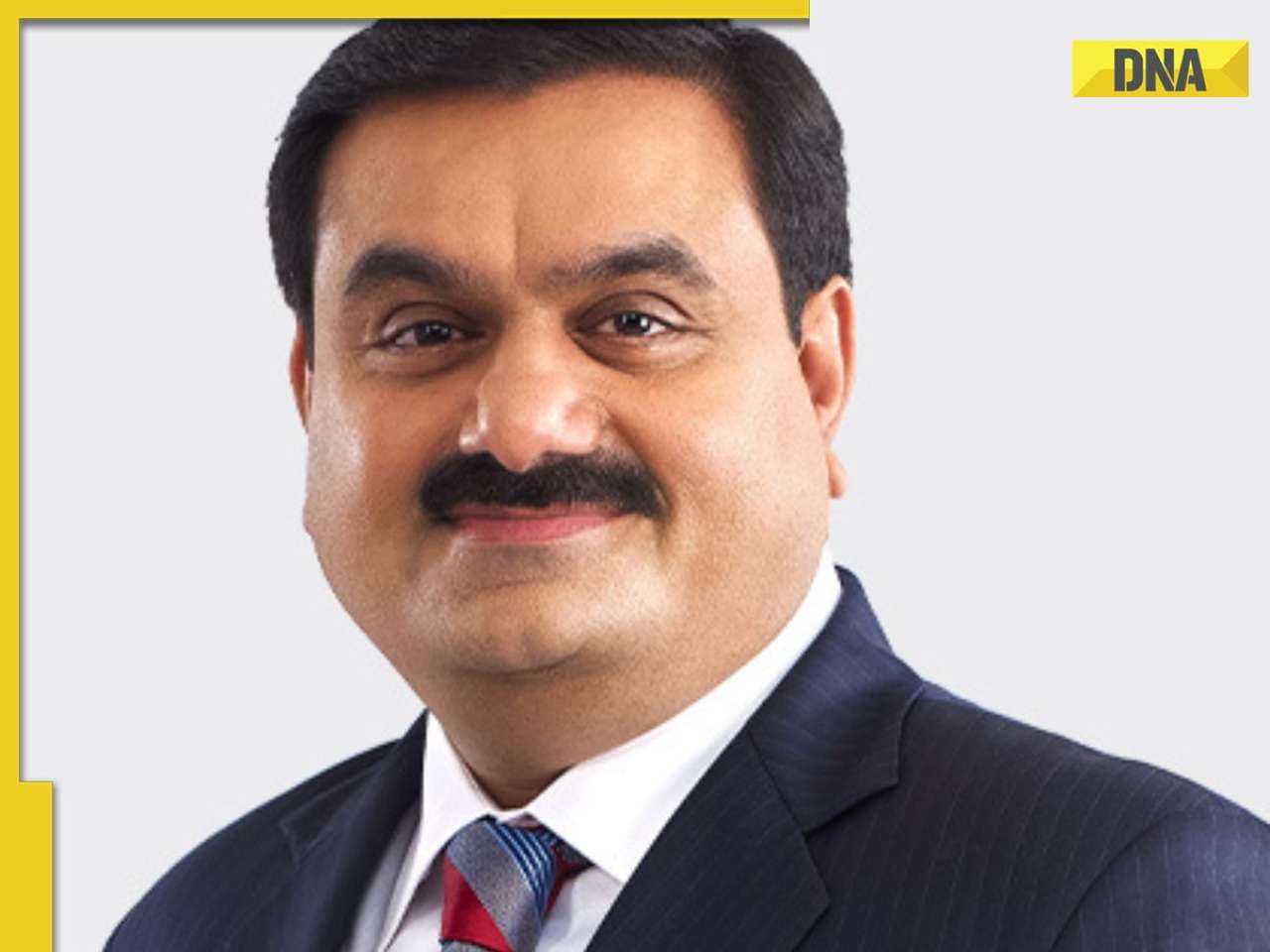





















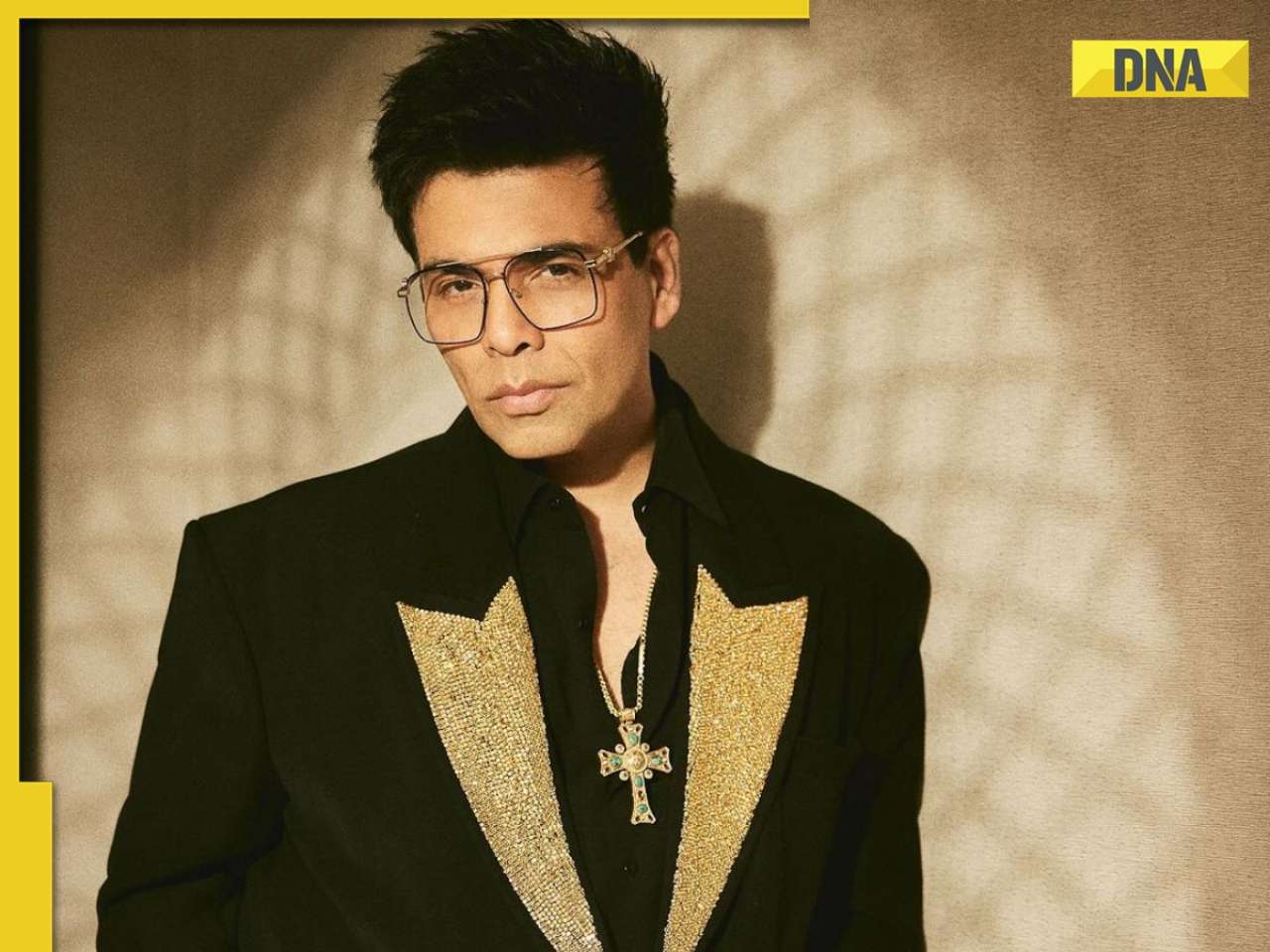

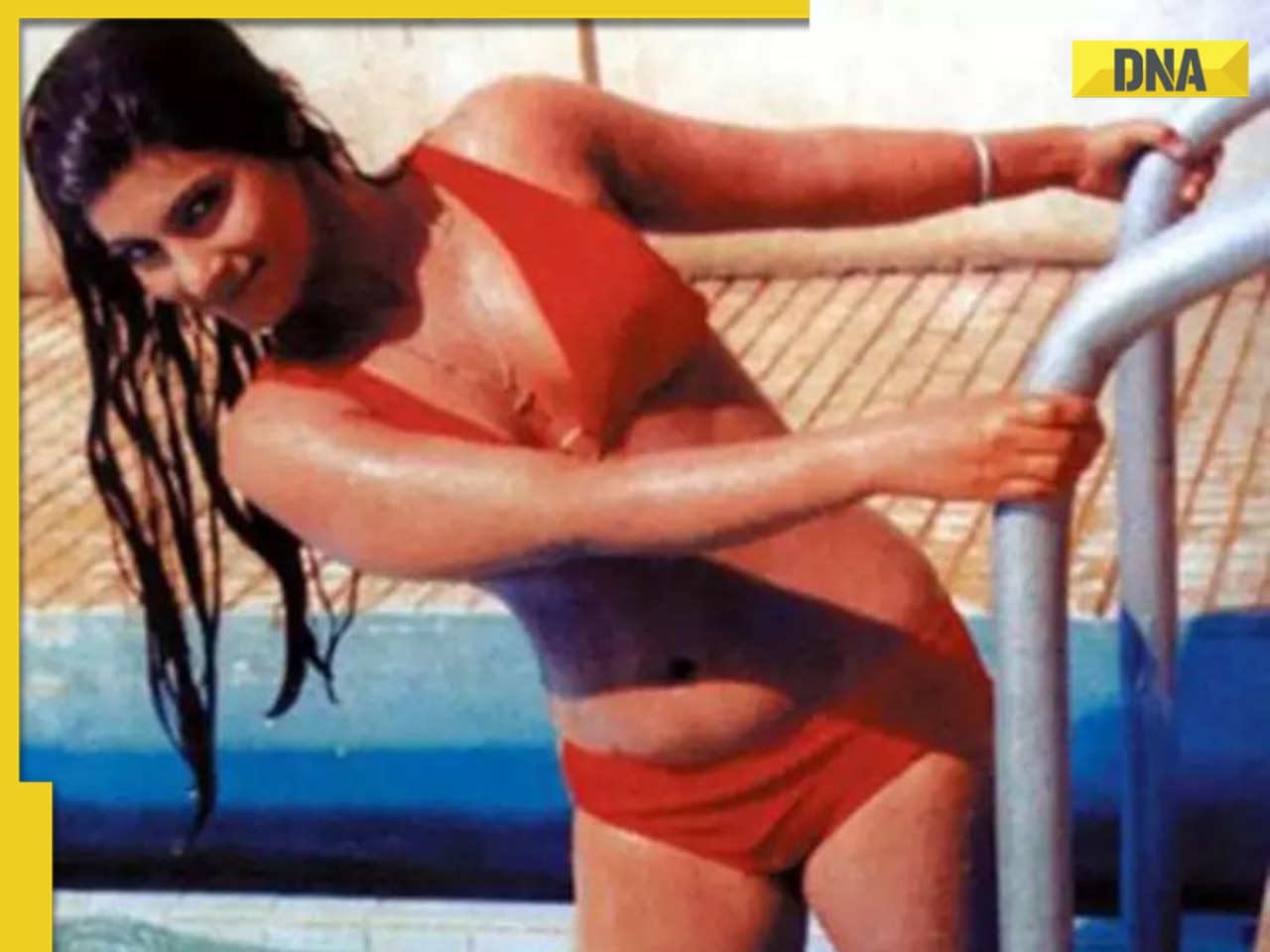



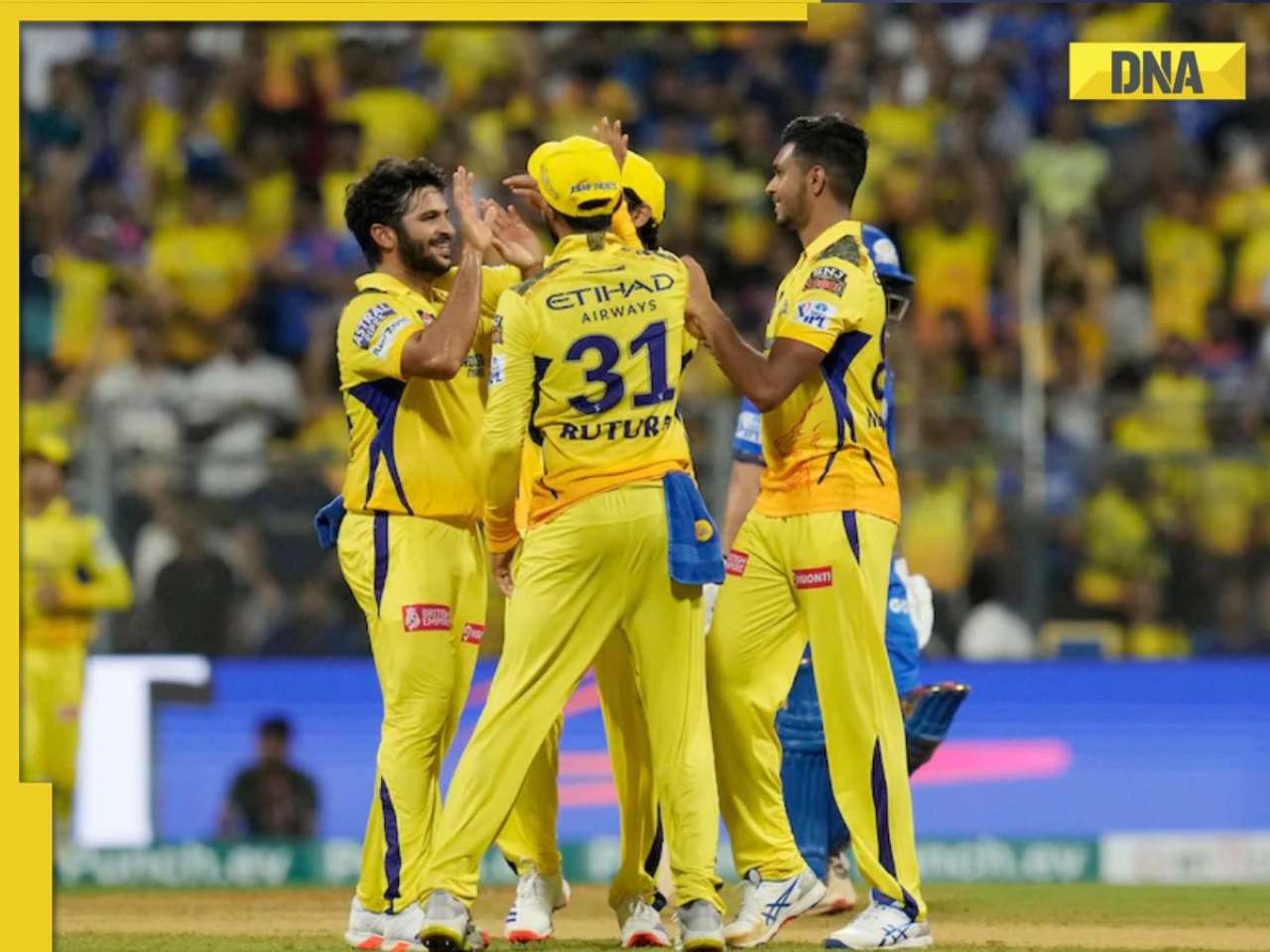
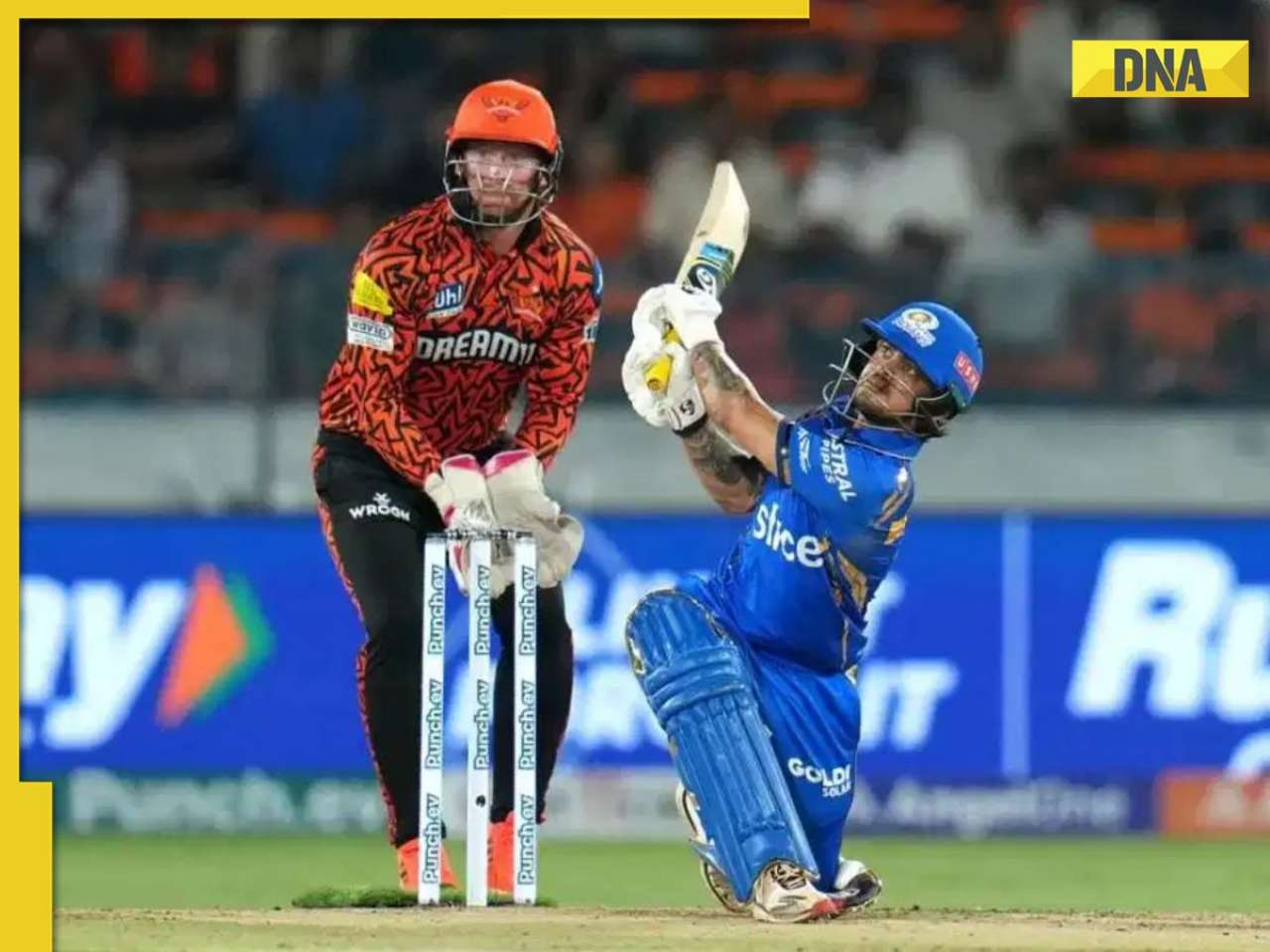






)









)
)
)
)
)
)